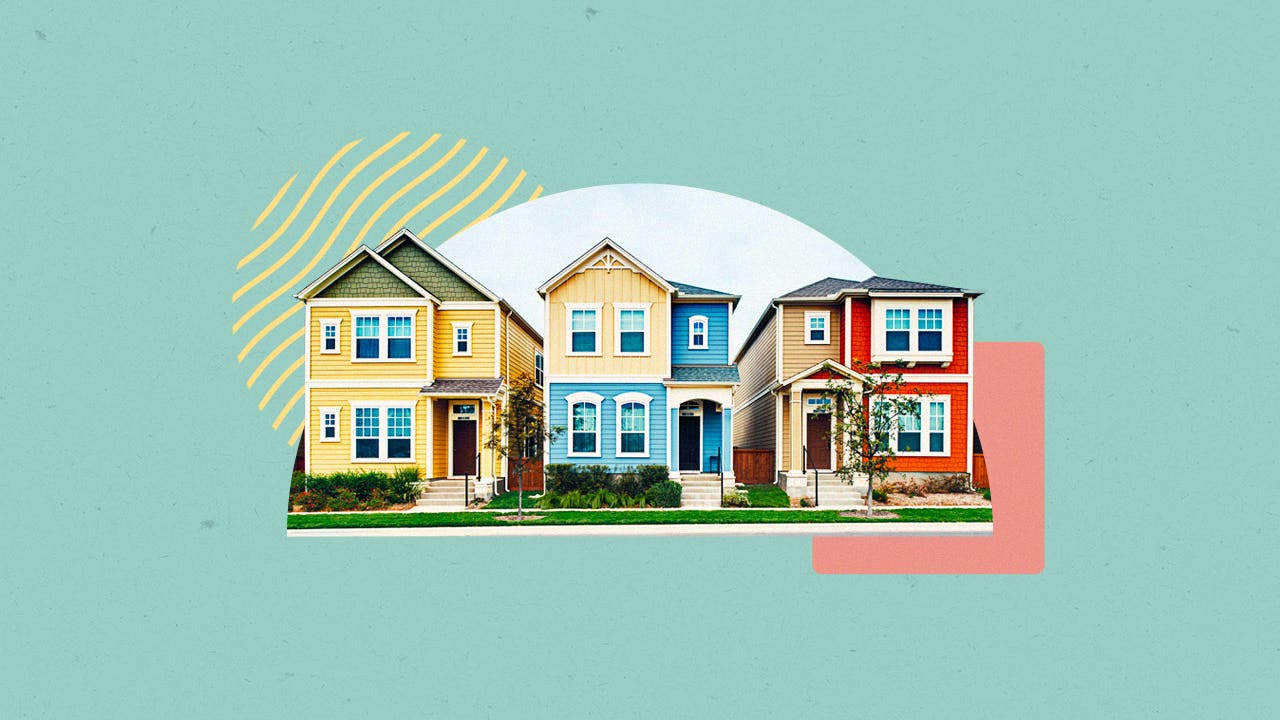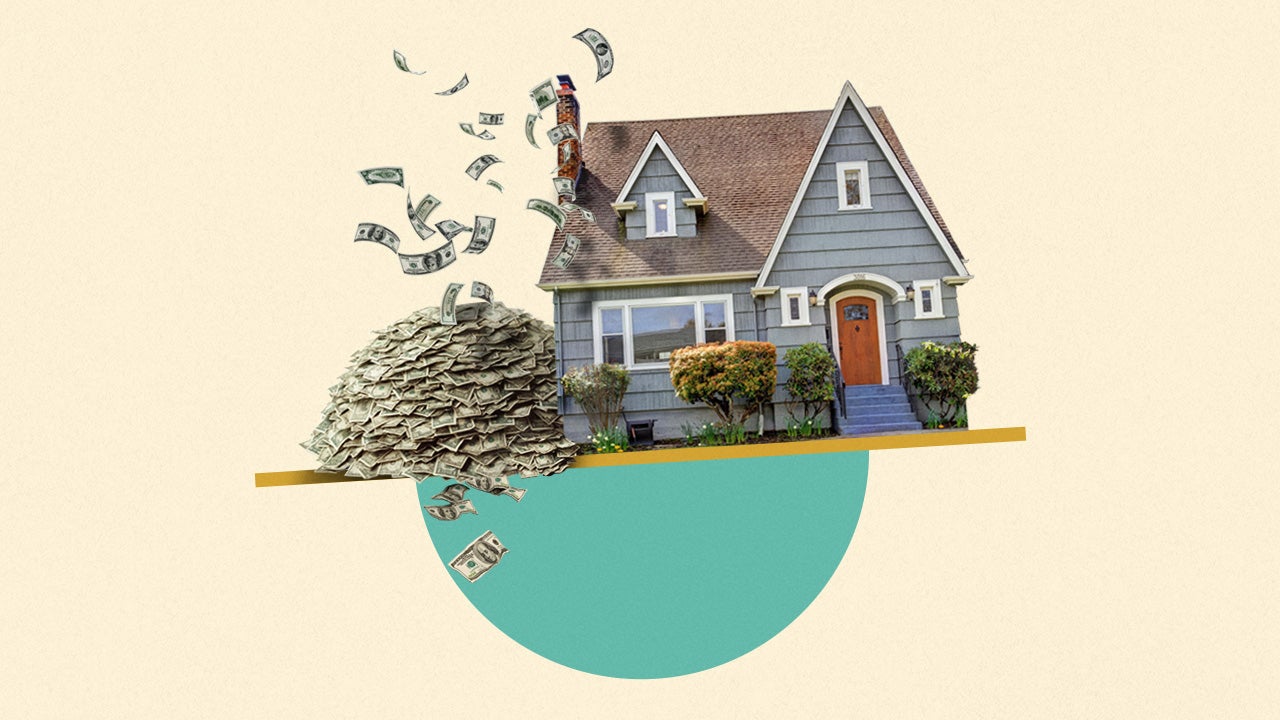What is a 40-year mortgage? A complete guide




Key takeaways
- A 40-year mortgage extends the loan term an additional decade longer than a typical 30-year mortgage. Most lenders don’t offer 40-year mortgages.
- A 40-year mortgage can come in fixed-rate, adjustable-rate and interest-only variations. More often, they’re seen in loan modification cases, when borrowers experiencing financial difficulties need a more affordable payment.
- Forty-year mortgages are non-qualifying mortgages (non-QM), which means that they don’t meet standards set by the Consumer Financial Protection Bureau (CFPB). Because of this, requirements can vary considerably by lender.
What is a 40-year mortgage?
A 40-year mortgage allows you to repay your loan over 40 years instead of the more common 30 or 15 years. This extended term comes with a lower monthly payment, but at the cost of a higher interest rate and more paid toward interest over the life of the loan.
Forty-year mortgages are a type of non-qualified mortgage (non-QM loan), however. That means most mortgage lenders don’t offer them as a means to buy a home or refinance. More often, you’ll see a 40-year mortgage as a loan modification option for borrowers in need of payment relief.
How do 40-year mortgages work?
A 40-year mortgage amortizes over 40 years, with the borrower making 480 payments. Because these payments are spread out over four decades instead of three (or fewer), they’ll cost less on a monthly basis.
For this same reason, you’ll also pay more in interest — both a higher interest rate compared to a shorter loan term, and more interest over the longer time frame.
Typically, a 40-year mortgage as a result of a loan modification comes with a fixed interest rate. Other 40-year mortgages might have a fixed or adjustable rate.
Requirements for a 40-year mortgage
It’s possible to get a 40-year mortgage, but it’s usually reserved for borrowers having trouble paying their current loan. In this case, your mortgage servicer might extend your loan term to 40 years, making your payments more affordable. Along with this extension, the servicer might also lower your interest rate, the total amount you owe or both.
If you currently have a conventional loan, for example, you might be eligible for the Flex Modification program, which comes with a 40-year extension. FHA loan borrowers have access to a similar 40-year option, as do VA loan borrowers, thanks to the VA’s recent update to its loan modification options.
Some mortgage lenders offer a 40-year mortgage outside of modification situations. (Carrington Mortgage, for instance, offers a 40-year loan.) Some lenders structure the loans as adjustable-rate mortgages (ARMs), with a lower introductory rate and interest-only payments for an initial period. These can be helpful for borrowers who expect to have more income over time, but do not qualify for a regular 30-year loan now due to debt or other financial constraints.
While these can be legitimate offers, be cautious if you see a 40-year loan with a considerably higher interest rate compared to what’s out there on the market today.
Pros and cons of 40-year mortgages
Forty-year mortgages aren’t as common as their 30-year or 15-year counterparts. Here are the benefits and drawbacks:
Pros of 40-year mortgages
- Lower monthly payment: Thanks to the longer amortization period, you’ll make lower monthly payments on a 40-year mortgage, potentially saving you hundreds of dollars a month.
- Long-term solution for more affordable payments: Rather than obtaining temporary payment relief through forbearance, a 40-year loan modification permanently changes your mortgage.
Cons of 40-year mortgages
- Not widely available: Most lenders don’t offer 40-year mortgages unless you qualify for a loan modification.
- Can be more expensive: Forty-year mortgages can come with higher interest rates. You’ll also pay more in interest simply because you’re paying over a longer time period.
30-year mortgage vs. 40-year mortgage
The main differences between a 30-year and 40-year mortgage are the cost of the monthly payment, the interest rate and the interest paid over time. Here’s how the math breaks down. This example doesn’t factor in other costs you’ll need to pay as a homeowner, such as homeowners insurance and property taxes — it only reflects paying the principal and interest.
What borrowers should know about 40-year mortgages today
Forty-year mortgages are niche products that aren’t widely available. In general, 40-year mortgages are best for those who currently have a mortgage and need to extend the term to avoid foreclosure.
How to get a 40-year mortgage
Most lenders don’t offer 40-year mortgages because the CFPB classifies them as non-QM loans. In part, this means they come with greater risk. If you’re searching for a 40-year mortgage outside of a loan modification, be aware that you may pay a higher interest rate and may need a higher credit score to qualify. On top of that, you will have fewer lenders to choose from than you would with other, more typical mortgage loans.
40-year mortgage FAQ
Why we ask for feedback Your feedback helps us improve our content and services. It takes less than a minute to complete.
Your responses are anonymous and will only be used for improving our website.
You may also like


What is an FHA construction loan?


